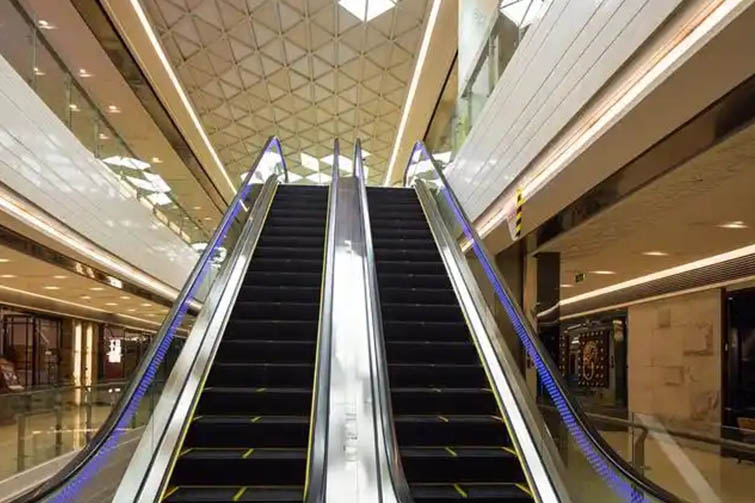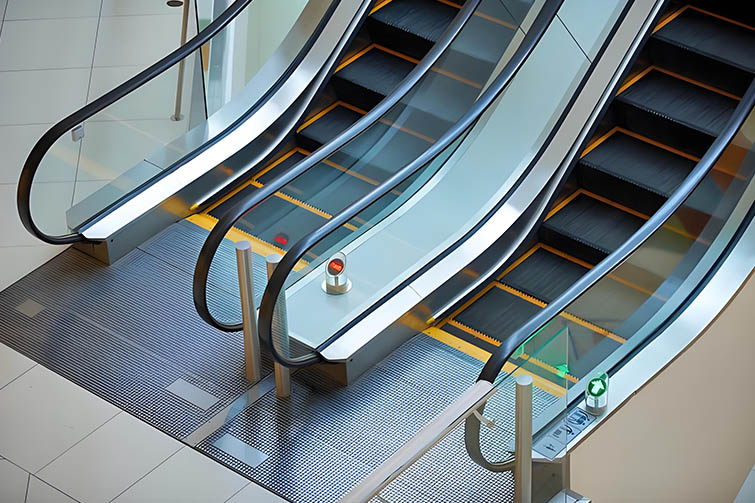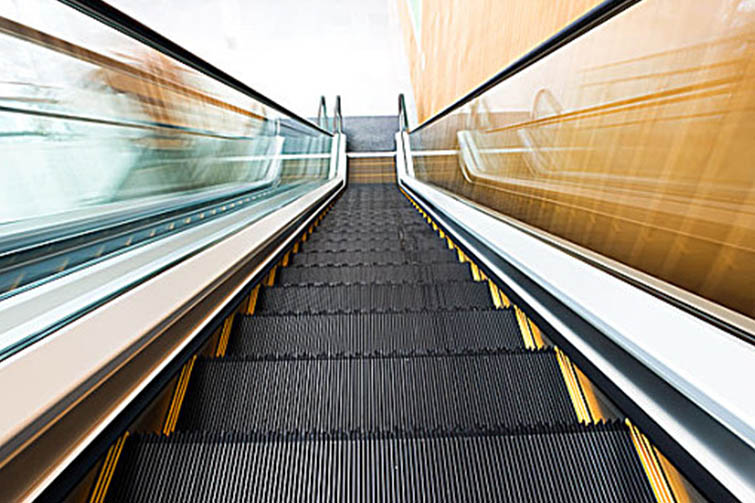

Do Elevator Sensors Need Frequent Replacement?
Elevator sensors are critical components that ensure the safety, efficiency, and smooth operation of an elevator system. These sensors monitor various aspects of elevator performance, including door movement, weight capacity, speed, and positioning. Over time, wear and tear, environmental factors, and operational frequency may necessitate sensor replacement. This article explores whether elevator sensors need frequent replacement and how to maintain their longevity.
1. Types of Elevator Sensors
Different sensors serve various functions in an elevator system. The most common types include:
Door Sensors: Detect obstructions and prevent doors from closing on passengers.
Weight Sensors: Ensure the elevator does not exceed its weight capacity, preventing mechanical strain.
Positioning Sensors: Help align the elevator with each floor precisely.
Speed Governors: Monitor and control the elevator’s velocity to avoid excessive speeds.
Temperature and Vibration Sensors: Detect potential overheating or abnormal vibrations that could indicate mechanical failures.
2. How Often Do Elevator Sensors Need Replacement?
The frequency of replacing elevator sensors depends on several factors:
a. Quality and Durability
High-quality sensors from reputable manufacturers tend to last longer.
Cheap or low-quality sensors may fail more frequently, requiring frequent replacements.
b. Usage Frequency
Elevators in high-traffic buildings, such as malls and offices, experience faster wear and tear.
Residential elevators with lower usage may have longer sensor lifespans.
c. Environmental Factors
Moisture, dust, and extreme temperatures can degrade sensor performance.
Regular maintenance and protective coatings can extend sensor life.
d. Maintenance and Calibration
Periodic inspections and recalibration can help sensors function correctly without the need for premature replacement.
Scheduled maintenance prevents sensor failures and ensures compliance with safety standards.
3. Signs That Elevator Sensors Need Replacement
Although regular maintenance can prolong their lifespan, certain signs indicate a need for replacement:
Delayed or faulty door operations: If doors do not respond correctly to obstructions, door sensors may be malfunctioning.
Frequent weight capacity errors: Incorrect weight readings can cause elevator malfunctions.
Misalignment with floors: Positioning sensors may be failing if the elevator stops above or below the designated floor level.
Unusual noises or jerky movements: Speed or vibration sensors could be detecting underlying mechanical issues.
4. How to Extend the Lifespan of Elevator Sensors
To minimize replacement frequency, consider the following best practices:
Regular Cleaning: Dust and dirt can interfere with sensor accuracy, so periodic cleaning is essential.
Scheduled Inspections: Routine checks help detect minor issues before they lead to complete sensor failure.
Upgrading to Advanced Sensor Technology: Newer sensors offer enhanced durability and reliability.
Using Original Manufacturer Parts: Replacing sensors with OEM parts ensures compatibility and longevity.
5. Conclusion
Elevator sensors do not necessarily require frequent replacement if they are well-maintained and of high quality. Factors such as usage intensity, environmental conditions, and regular servicing determine their lifespan. By investing in durable sensors, conducting routine inspections, and addressing issues promptly, elevator operators can maximize sensor efficiency and safety while minimizing unnecessary replacements.






